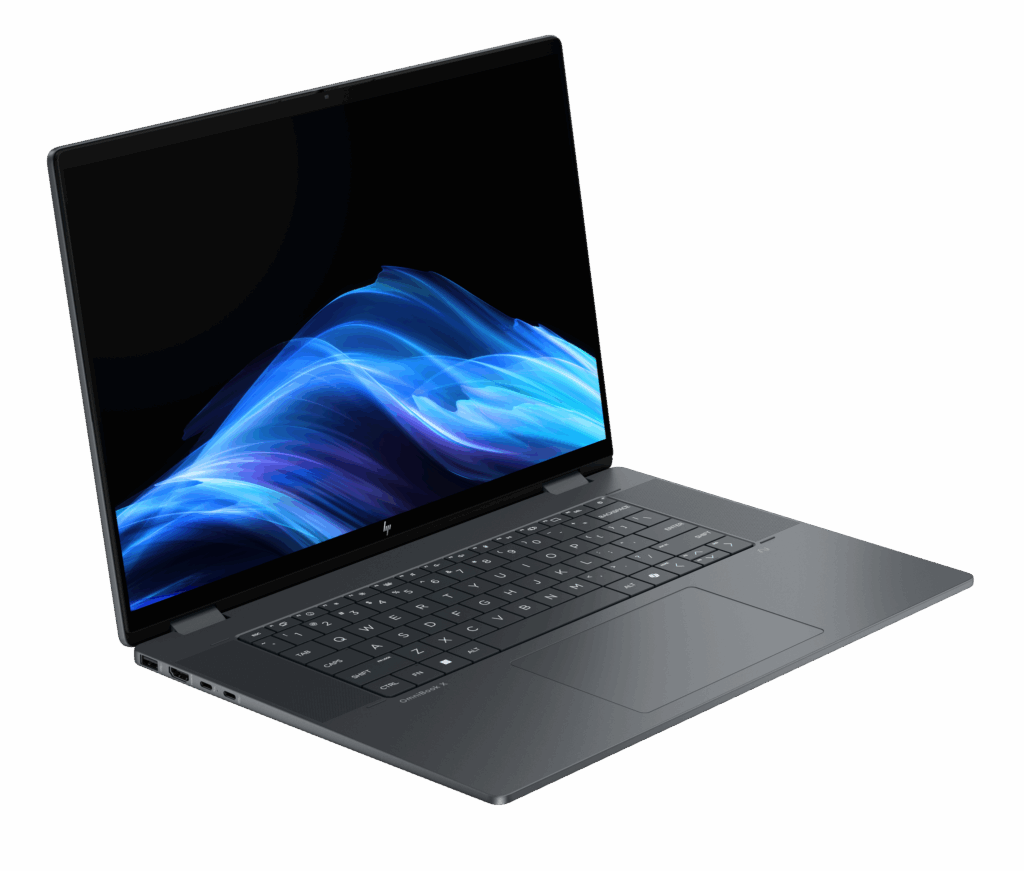ARM has just sued Qualcomm for, allegedly, using Nuvia’s license for future development arguing that Nuvia is not only blocked from transferring those licenses but, after Qualcomm purchased the company, ARM unilaterally canceled the licenses. ARM is attempting an ugly IPO at the same time all of this is going on and that IPO likely has some impact on the decision to proceed with the litigation. The whole thing seems counter-strategic to both ARM and Qualcomm because ARM seems to be objecting to Qualcomm using ARM technology for things that Qualcomm has already done with approval (like supporting the PC market).
ARM has made some light inroads into some of the markets in question but still doesn’t have and isn’t guaranteed critical mass. If successful, ARM could effectively kill these efforts and force licensees that want to compete with X86 on platforms where that architecture is dominant to use another alternative architecture like RISC-V, instead.
ARM’s ugly IPO
ARM has a problem, and it is a big one. NVIDIA was going to acquire ARM from Softbank and then fund the company. This acquisition was blocked because of efforts from several companies, including Qualcomm, because of fears that NVIDIA would gain an unfair advantage.
Softbank then decided to spin ARM out as a public company, but, unlike most IPOs, the money won’t go to fund ARM but largely to pay Softbank for the asset. Had ARM been very profitable, Softbank probably wouldn’t be selling it. Thus, ARM will end up independent and without the funding sources it had from Softbank or would have had from NVIDIA.
On paper ARM looks to be in economic trouble as it’s losing its financial safety net, and its profitability, both short- and long-term, is in question.
ARM vs. Nuvia and Qualcomm
Both Nuvia and Qualcomm had the most comprehensive licenses from ARM, NUVIA was building server processors and Qualcomm, most recently, was looking to better compete with both X86 and Apple to create better alternatives for PCs. In addition, Qualcomm has been interested in the server market in the past, but its success in that market has been elusive.
In these licenses, called ALAs (or Architecture License Agreements) both companies are allowed to develop their own CPUs based on the ARM architecture, much like Apple and others with these licenses can do. ARM claims that these licenses prevent assignment or transfer, but since both companies have the same type of license, there shouldn’t be an issue with them working together to develop a variant processor because the licenses don’t appear to prevent collaboration between licensees. In fact, collaboration in the ARM community is generally encouraged.
This makes the litigation very nuanced because, broadly, there should be no problem with two companies with the same type of license to collaborate and advance the ARM market. In fact, ARM should and generally does support market expansion. Why wouldn’t they?
The Apple angle
Apple has repeatedly attempted to cripple Qualcomm because it recognizes the threat Qualcomm represents to its market. Qualcomm enables Apple competitors. Were Apple able to deny Qualcomm access to ARM technology, it would cripple the smartphones that use Qualcomm technology, and this class of smartphone is a direct competitor to the iPhone.
In addition, if Apple can prevent the creation of a more capable PC processor (it doesn’t care about servers), it would prevent the creation of a PC platform that, based on a similar architecture, outperforms Apple significantly. Apple is, and has been, having problems expanding both its smartphone and PC segments.
Apple has worked through partners in the past (Broadcom, Intel) in its attempts to hurt Qualcomm, so it wouldn’t be a stretch to see Apple do this again because the benefits to crippling Qualcomm would be significant and the damage it could do to competition in the cellular and PC markets could be catastrophic.
Wrapping up
Whenever a licensing vendor goes after a licensee (as opposed to someone using their technology without license) it requires a deeper look because something is almost always going on behind the action that caused it. It is generally very dangerous to attack a licensee this way because it reduces the value and increases the risk of any of the licenses they offer. Typically, companies don’t like to license from entities that are both uneven in their enforcement and act against their collective best interest, and market expansion, as Qualcomm is attempting, is in their collective interests.
Finally, this litigation comes at a time when RISC-V is making large inroads into the ARM space (mostly embedded systems) just prior to the troubled ARM IPO. This could be problematic for ARM should Qualcomm indicate it’s considering switching architectures or should more licensees start to explore RISC-V to avoid the kind of problems (financial uncertainty, questionable decisions, Apple influence) that ARM appears to be surfacing with this action.
Qualcomm is certainly at risk here, but the risk to ARM is significantly higher. This is one of those battles where I’d wonder if the decision-maker was on Apple’s payroll, much like what seemed to be the case when Apple blindsided HP with the HP iPod.
- The HP OmniBook X Flip 2-in-1 16-Inch: Your New Digital Swiss Army Knife (Now in Glorious Atmospheric Blue) - June 25, 2025
- The Open AI Avalanche: Why AMD’s Collaborative Spirit Is Outmaneuvering NVIDIA’s Empire - June 22, 2025
- Lenovo Embraces OpenBMC: A Step Towards Greater Transparency and Control in the Data Center - June 17, 2025



